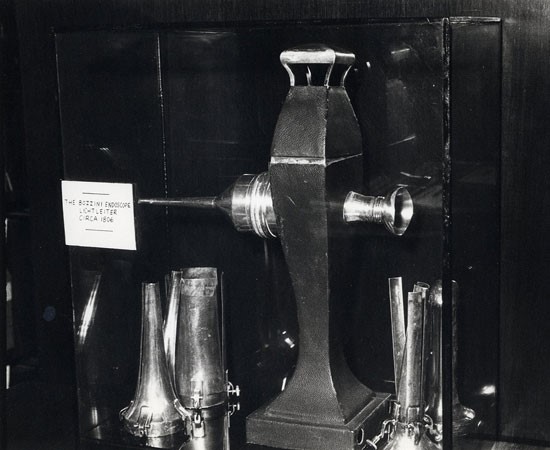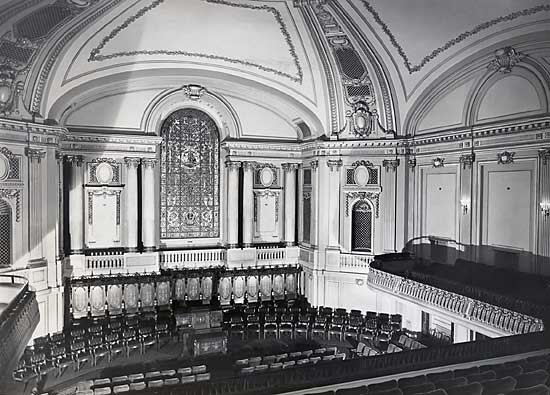The practice of surgeons sharing their techniques with other surgeons is an ACS tradition that predates the founding of the College itself. Beginning in 1905 with the first issue of Surgery, Gynecology & Obstetrics (SG&O, now the Journal of the American College of Surgeons, or JACS), surgeons shared their practical knowledge of surgery with their fellows across the country. But ACS founder Franklin Martin believed that for optimal educational value, surgeons needed to witness in person the clinical work of the outstanding practitioners of the day. Opportunities for this type of direct observation were only available to a select few of all practicing surgeons. To open this experience up to more of them, SG&O organized the first Clinical Congress in 1910. There, live demonstrations, or wet clinics, were given at various hospitals in Chicago. By 1913, the year the College was founded, the importance of direct observation for the practicing surgeon was recognized by all.
The wet clinics were understandably popular, but attendance was limited to those who could have some hope of being close enough to actually see what was being done. The practice of showing motion picture films eliminated this problem. In 1929 four different films, one of them a "talking film," were shown at the Clinical Congress. This program was soon expanded to include more films, mostly "talkies," even as the wet clinics continued. By 1947, the Clinical Congress, in addition to the films and wet clinics, featured demonstrations broadcast live from the operating room via closed-circuit television. By 1949, the broadcasts were in color.
Stereoscopic, or three-dimensional, color motion picture technology was first used by the College at the 1951 Clinical Congress. Earlier that same year, the variable interocular camera was perfected by Floyd A. Ramsdell. A total gastrectomy performed by Dr. Samuel F. Marshall of Lahey Clinic in Boston was filmed with the new camera. Fellows viewed the film through Polaroid glasses so that each eye would see only one of the two slightly different moving images captured by twin cameras, just as they would when viewing three-dimensional objects in motion.
References
- ACS Daily Bulletin, 1926, 1929, 1931
- ACS Daily Clinical Bulletin, 1947, 1948, 1951
- O'Shea, John S., “Motion pictures at the College: A history of learning by seeing,” Bulletin of the American College of Surgeons, August 2003: 16-23.
ACS Archives Highlights is a series showcasing the vibrant history of the American College of Surgeons, its members, and the history of surgery. For further information on our featured highlights, search the Archives Catalog or contact the ACS Archivist.











